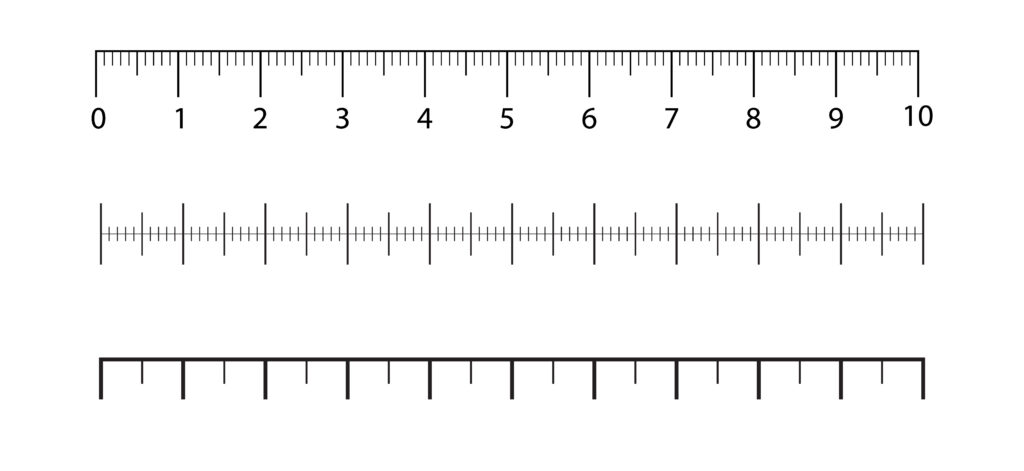Statistics: Mean of Grouped Data
Challenge your intuition! Estimate the mean of the grouped data below before calculating it using the formal formula.
Help & Instructions
▼- **Analyze:** Look at the data table, noting where the highest frequencies occur.
- **Guess:** Enter your best estimate for the mean in the input field.
- **Calculate:** Click "Calculate Mean" to see the mathematically derived mean and compare it to your guess.
- **Explore:** Click "New Data" to try a different problem set.
- Develop an intuitive understanding of **central tendency** (mean).
- Understand the formal calculation process for the mean of grouped data.
- Recognize the importance of the **midpoint** in representing class intervals.
Data Set: Daily Commute Times (minutes)
| Class Interval ($i$) | Frequency ($f_i$) | Midpoint ($x_i$) | $f_i \times x_i$ |
|---|---|---|---|
| Total $\sum f_i$: 0 | Total $\sum f_i x_i$: 0 | ||
Mean $\bar{x} = \frac{\sum f_i x_i}{\sum f_i}$
Calculated Mean: 0.00
Your Guess vs. Actual: —
The **Mean of Grouped Data** is an approximation of the true mean. It is calculated by assuming that all values within a class interval are equal to the **midpoint** of that interval. This method is fundamental to summarizing large datasets.
The Mathematics Behind the Puzzles
The **Direct Method** formula for the mean ($\bar{x}$) of grouped data is:
$$\bar{x} = \frac{\sum_{i=1}^{n} f_i x_i}{\sum_{i=1}^{n} f_i}$$Where $f_i$ is the frequency of the $i^{th}$ class and $x_i$ is the midpoint of the $i^{th}$ class interval.
Calculating the mean of grouped data is essential in:
- **Market Research:** Summarizing consumer ages, incomes, or product usage.
- **Public Health:** Analyzing rates of disease or health outcomes across demographic groups.
- **Education:** Finding the average performance score on a standardized test.


